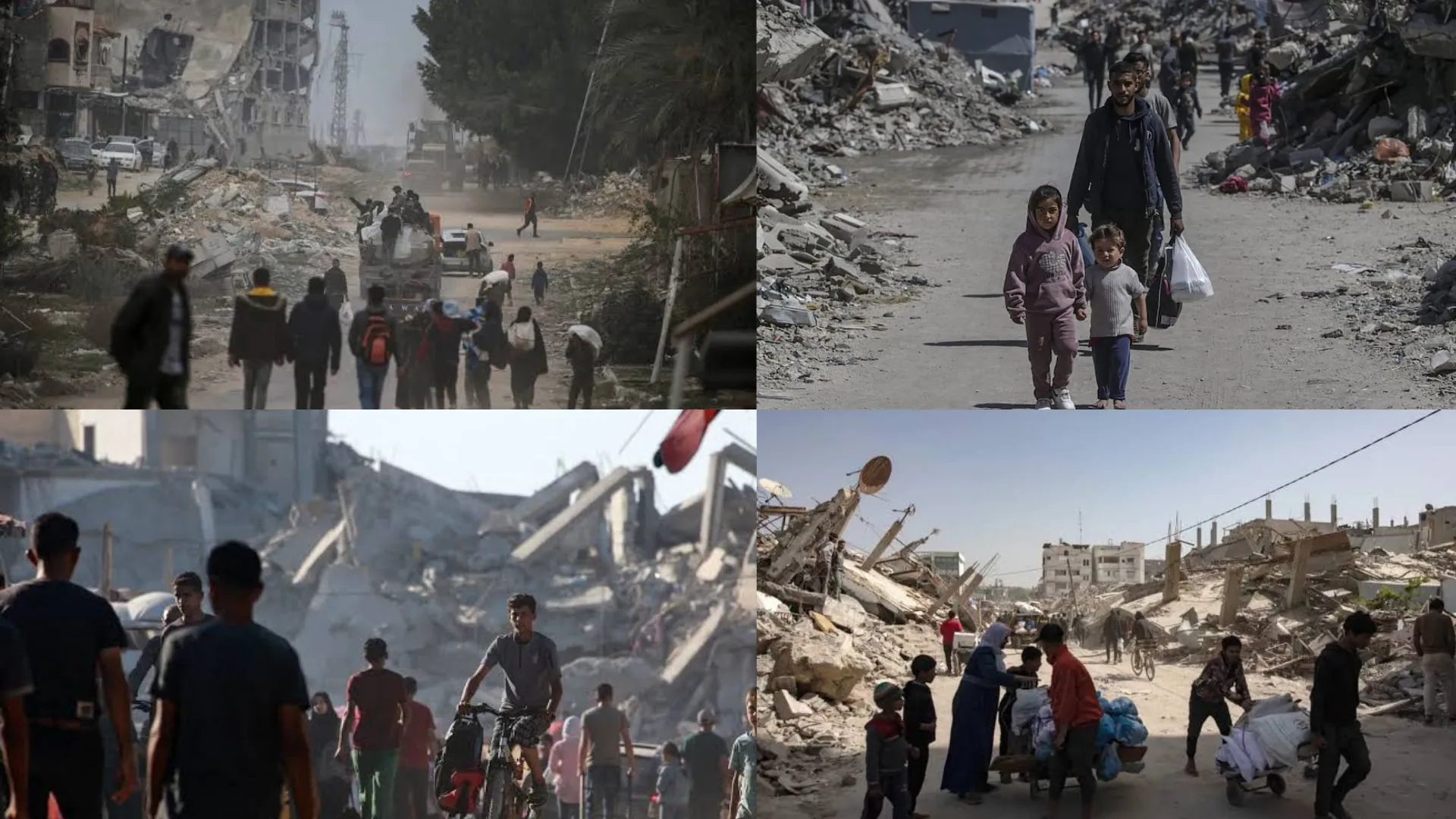Hundreds of thousands of Palestinians fled their homes on Thursday, April 3, as Israeli forces advanced deeper into Rafah, a city that had served as a last refuge for those escaping violence elsewhere in Gaza, as reported by Reuters.
The Israeli military, which has declared its intention to seize large parts of the enclave, continued air and ground assaults.
Gaza’s Health Ministry reported at least 97 Palestinian casualties from Israeli strikes over the past 24 hours, including 20 people killed in an early morning airstrike in the Shuja’iyya neighborhood of Gaza City. Later in the day, an Israeli airstrike hit the Dar Al-Arqam school in Gaza’s Tuffah neighborhood, where displaced families had taken shelter, killing at least 27 people, including women and children.
The Israeli military claimed it targeted a Hamas command center inside the school, but it did not provide evidence to support the assertion.
The ongoing military operation marks a significant escalation in the war, which had briefly seen a ceasefire in January before hostilities resumed in March.
Fear of Permanent Displacement and Humanitarian Collapse
While Israel has not explicitly stated its long-term plans for the “security zone,” Prime Minister Benjamin Netanyahu confirmed that Israeli forces were securing an area he referred to as the “Morag Axis,” a reference to an abandoned Israeli settlement located between Rafah and Khan Younis.
Many Palestinians fear that Israel’s strategy involves permanently depopulating areas of Gaza, leaving them indefinitely homeless. The areas being seized include vital agricultural land and critical water infrastructure, raising concerns over worsening humanitarian conditions.
Since the ceasefire collapsed, Israel has imposed a total blockade on food, medicine, and fuel, exacerbating what international organizations describe as a humanitarian catastrophe. Gaza’s health sector is on the brink of collapse, with hospitals struggling to function under relentless bombardment and severe shortages of medical supplies.
Israel’s stated goal remains the destruction of Hamas, which has governed Gaza for nearly two decades. However, despite months of Israeli military operations, Hamas-led police forces returned to the streets during the ceasefire, and its fighters continue to hold 59 hostages. Israel insists that any further truce would require their release, while Hamas demands an agreement that would end the war.
The conflict erupted on October 7, 2023, when Hamas launched an attack on Israeli communities, killing 1,200 people and taking over 250 hostages, according to Israeli officials. Since then, Israel’s retaliatory campaign has killed more than 50,000 Palestinians, according to figures from Gaza’s health authorities.
With evacuation orders in place, most of Rafah’s population has fled, but many remain trapped with no safe destination. Israeli strikes have targeted key roads, limiting movement between Khan Younis and Rafah, while bombardments along the coastal road near the Morag area further restrict escape routes.
Meanwhile, Gaza’s markets are nearly empty, and the prices of basic necessities have soared under Israel’s total blockade. International aid organizations warn that without urgent intervention, the humanitarian crisis will only deepen.
(With inputs)
ALSO READ: Russia Bans Elton John Aids Foundation Over LGBTQ+ Support




